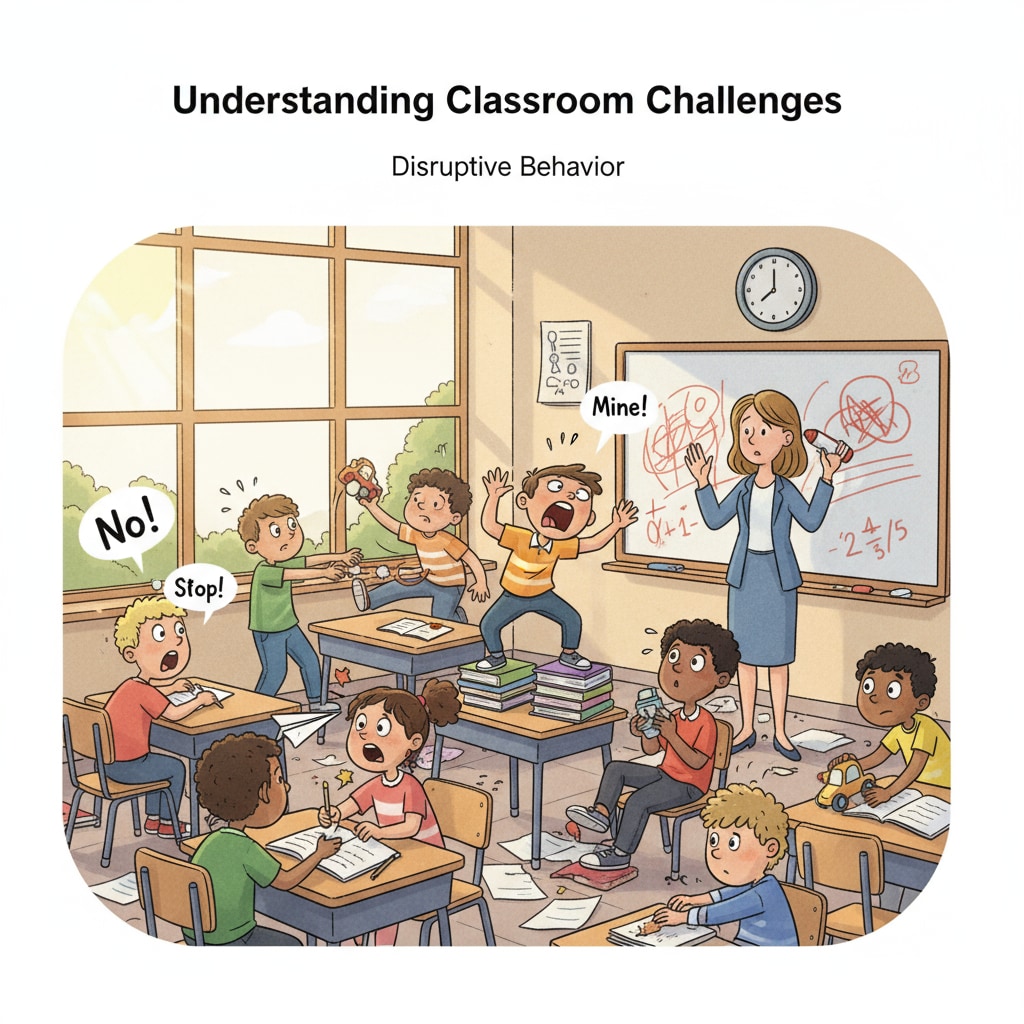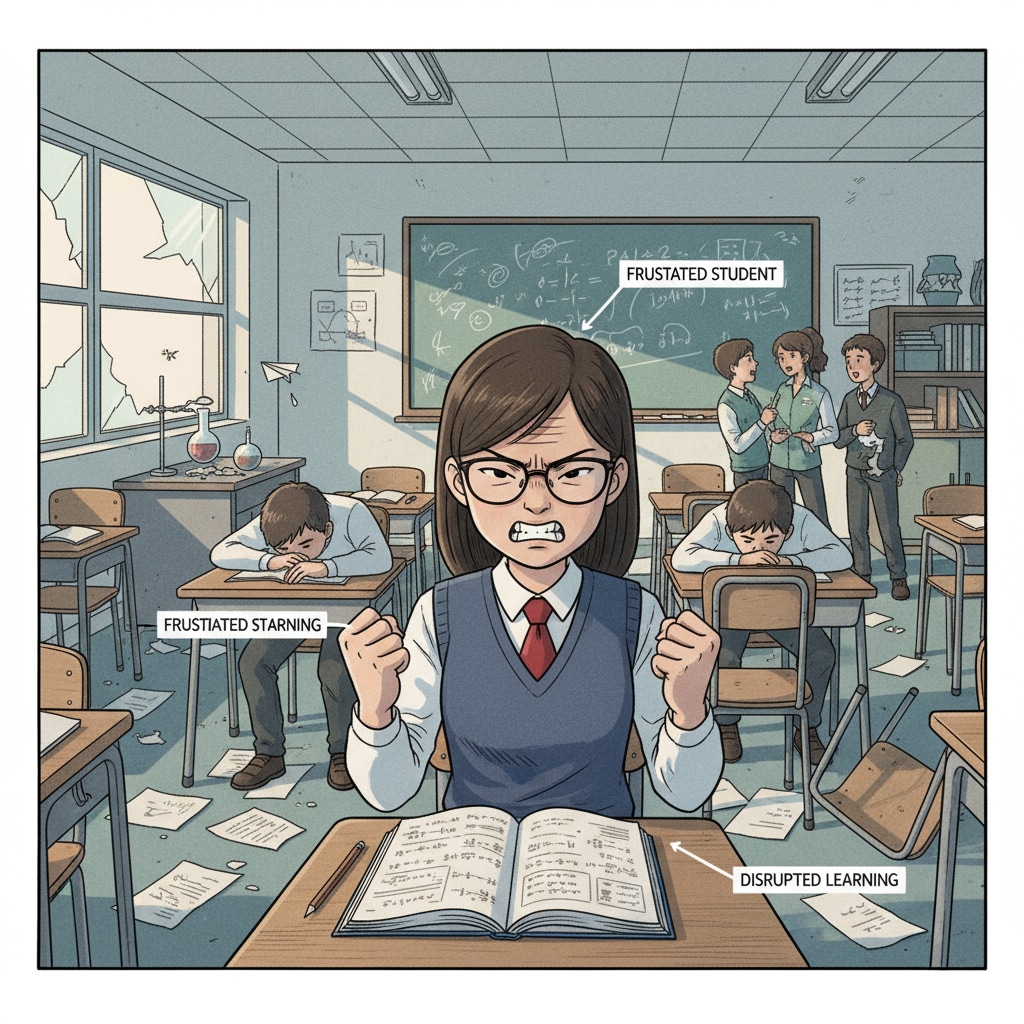In the current education system, the practice of using regular classes and special education classes as places to accommodate students with behavioral problems has become a concerning issue. This approach not only disrupts the normal learning order but also has a negative impact on the learning opportunities of different types of students.

As we delve deeper, it’s clear that this trend needs to be addressed.
The Impact on High-Achieving Students
High-achieving students often suffer when problem students are placed in their regular classes. These students are typically focused on academic excellence and thrive in an environment of quiet study and in-depth discussions. However, the presence of students with behavioral issues can disrupt the classroom atmosphere. For example, constant interruptions, noise, and unruly behavior can divert the attention of teachers and other students. This means that high-achieving students may not get the full attention and resources they need from teachers, ultimately affecting their learning progress. Learn more about the impact of classroom disruptions on students

The Plight of Average Students
Average students also bear the brunt of this misplacement. They are in a stage of steady learning and need a stable and conducive learning environment. When students with behavioral problems are added to the class, the teaching rhythm is often disrupted. Teachers may have to spend more time dealing with discipline issues rather than focusing on teaching content. As a result, average students may not be able to keep up with the learning pace, and their understanding of knowledge may be affected. In addition, the overall class performance may decline, which can also have a negative impact on their confidence. Understand how classroom management impacts student learning
Special needs students are another group that is negatively affected. Special education classes are designed to provide them with specialized teaching and support. However, when these classes are used to place problem students, the original educational plan for special needs students may be disrupted. They may not receive the individualized attention and resources they require, which can slow down their progress in areas such as language development, social skills, and academic learning.
Readability guidance: By highlighting the different impacts on various student groups, it becomes evident that the current practice in the education system regarding class placement for problem students is flawed. We need to reevaluate and come up with more appropriate strategies to ensure that every student gets a fair and quality education.


